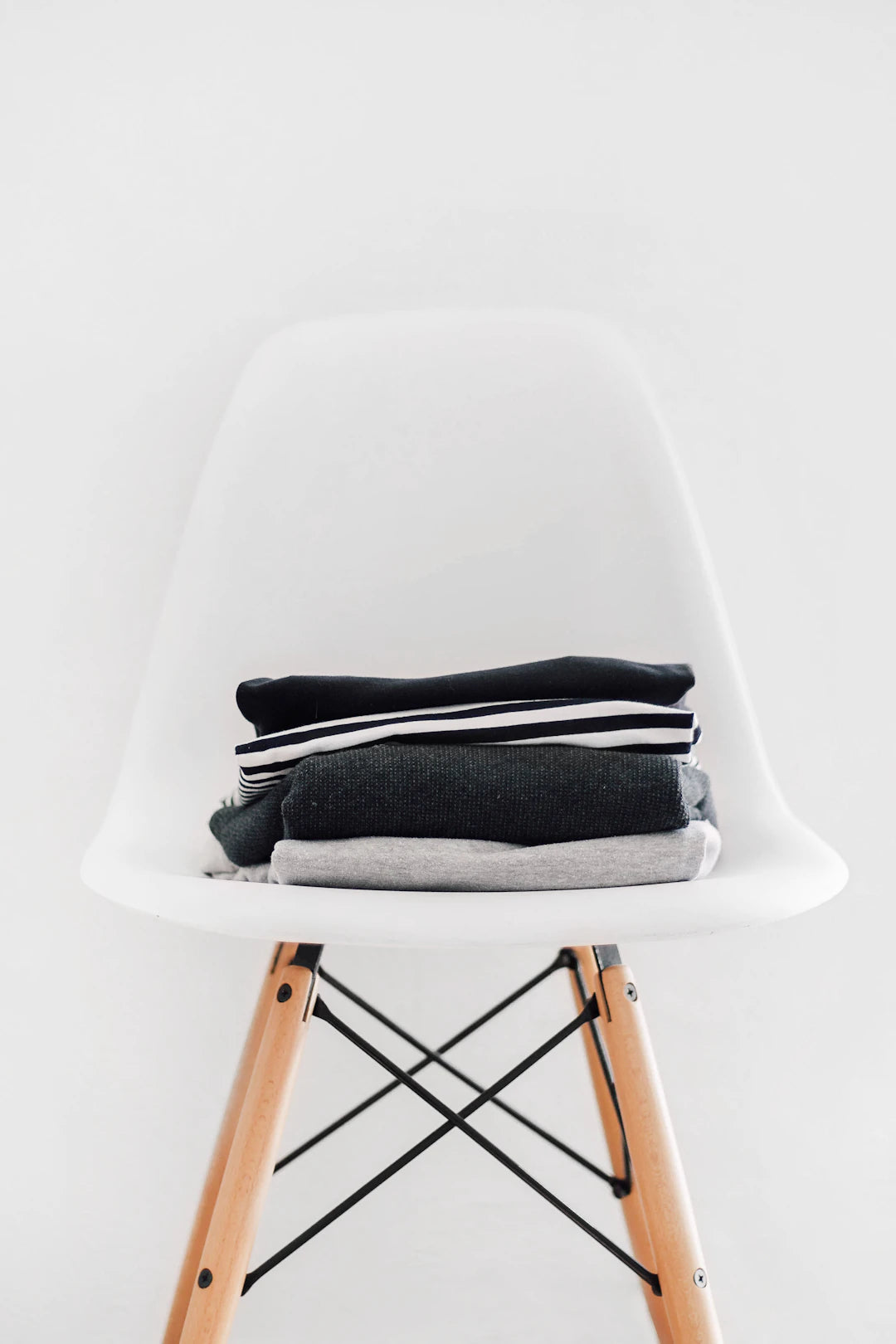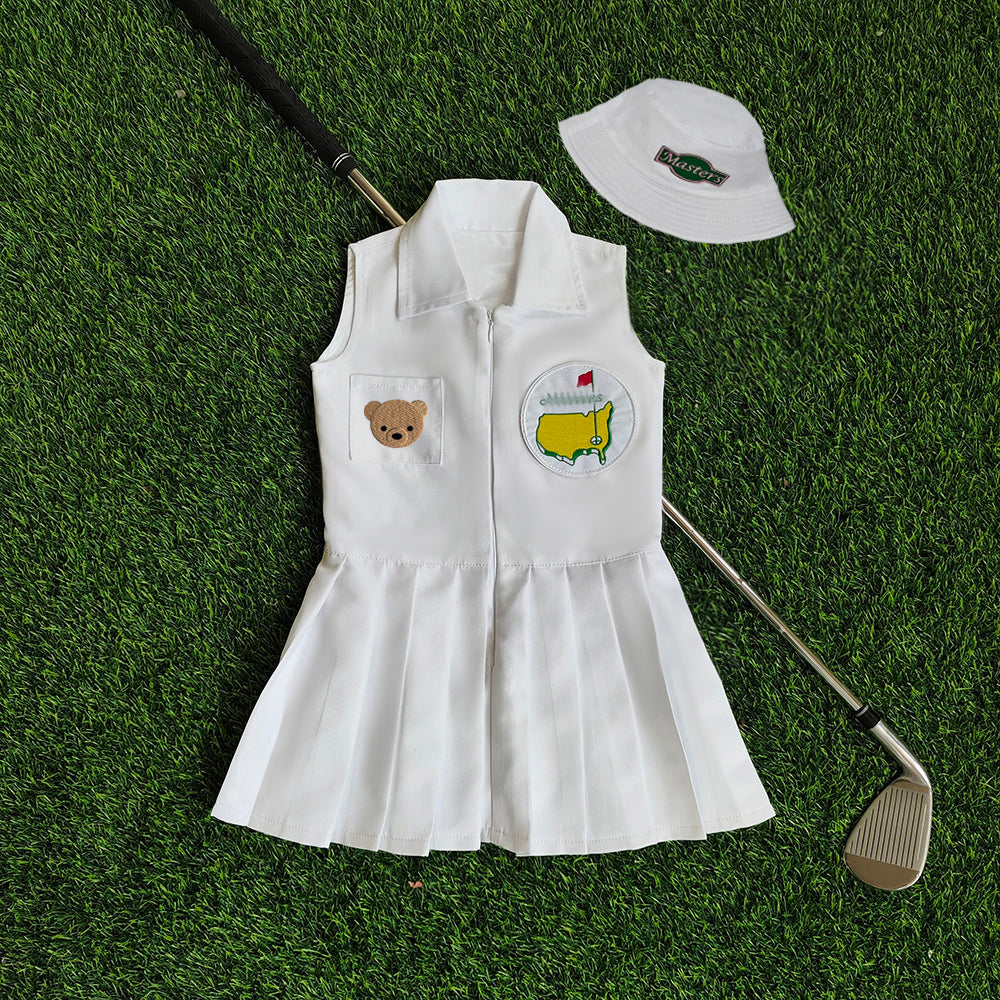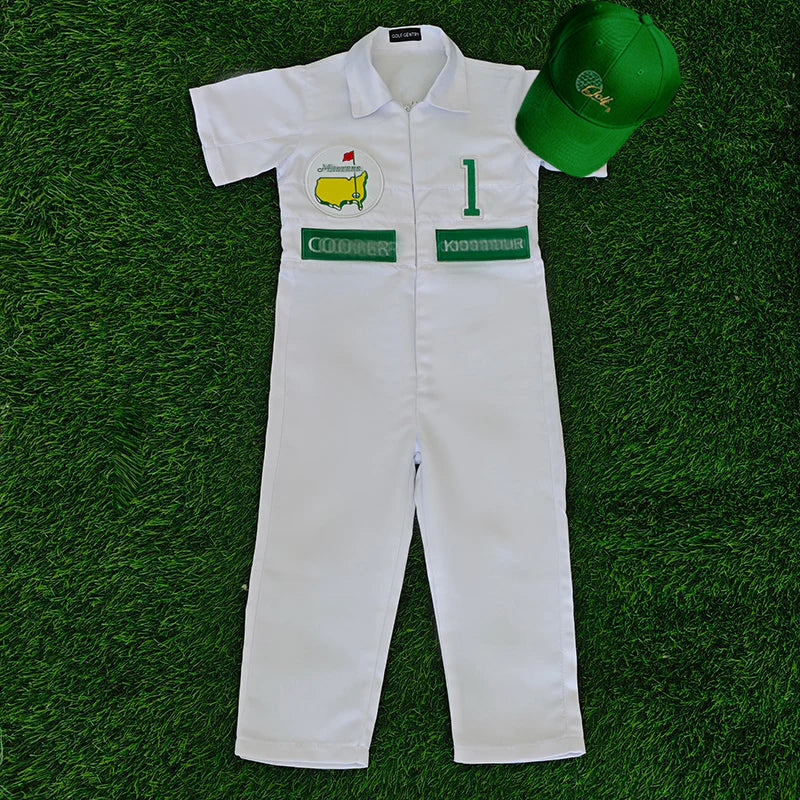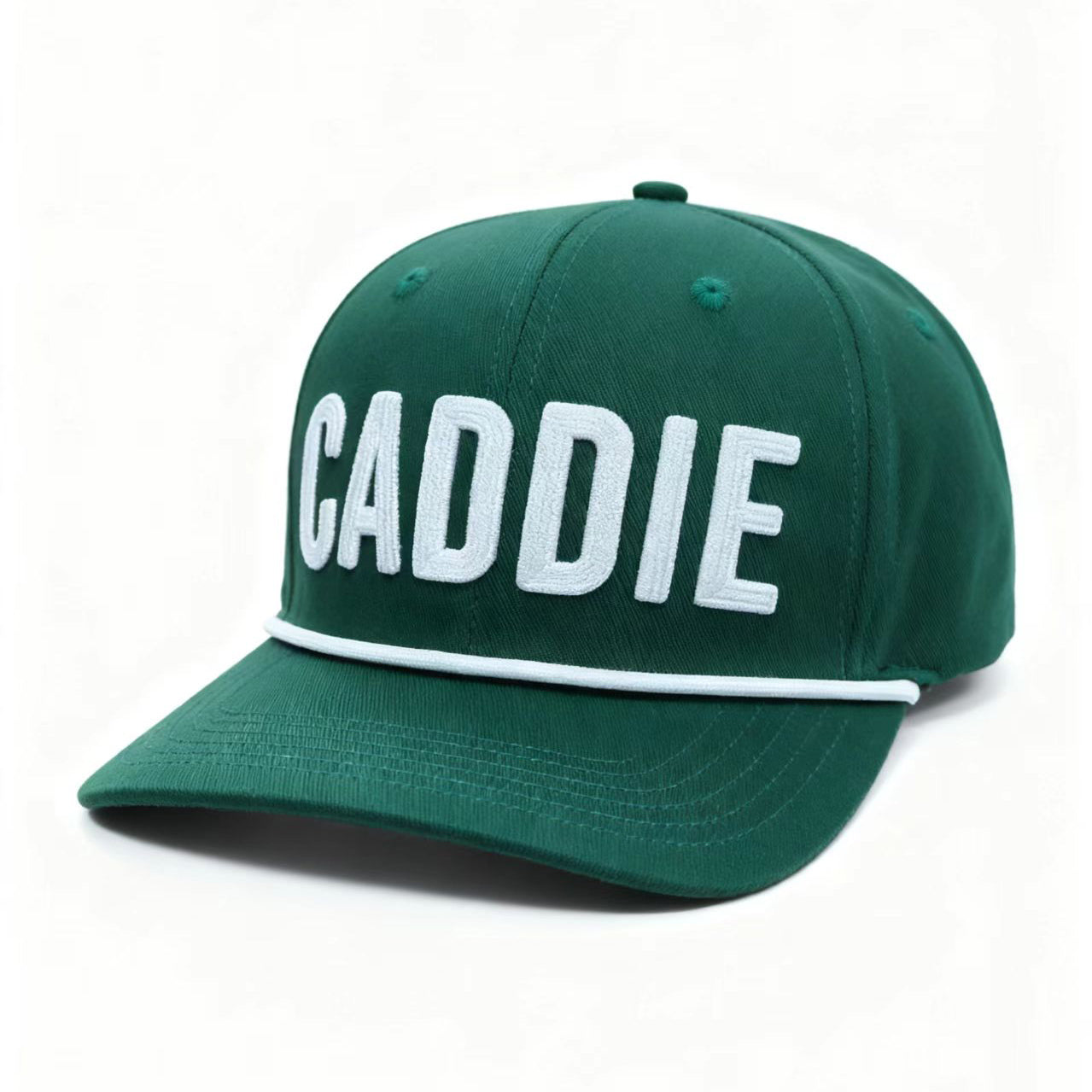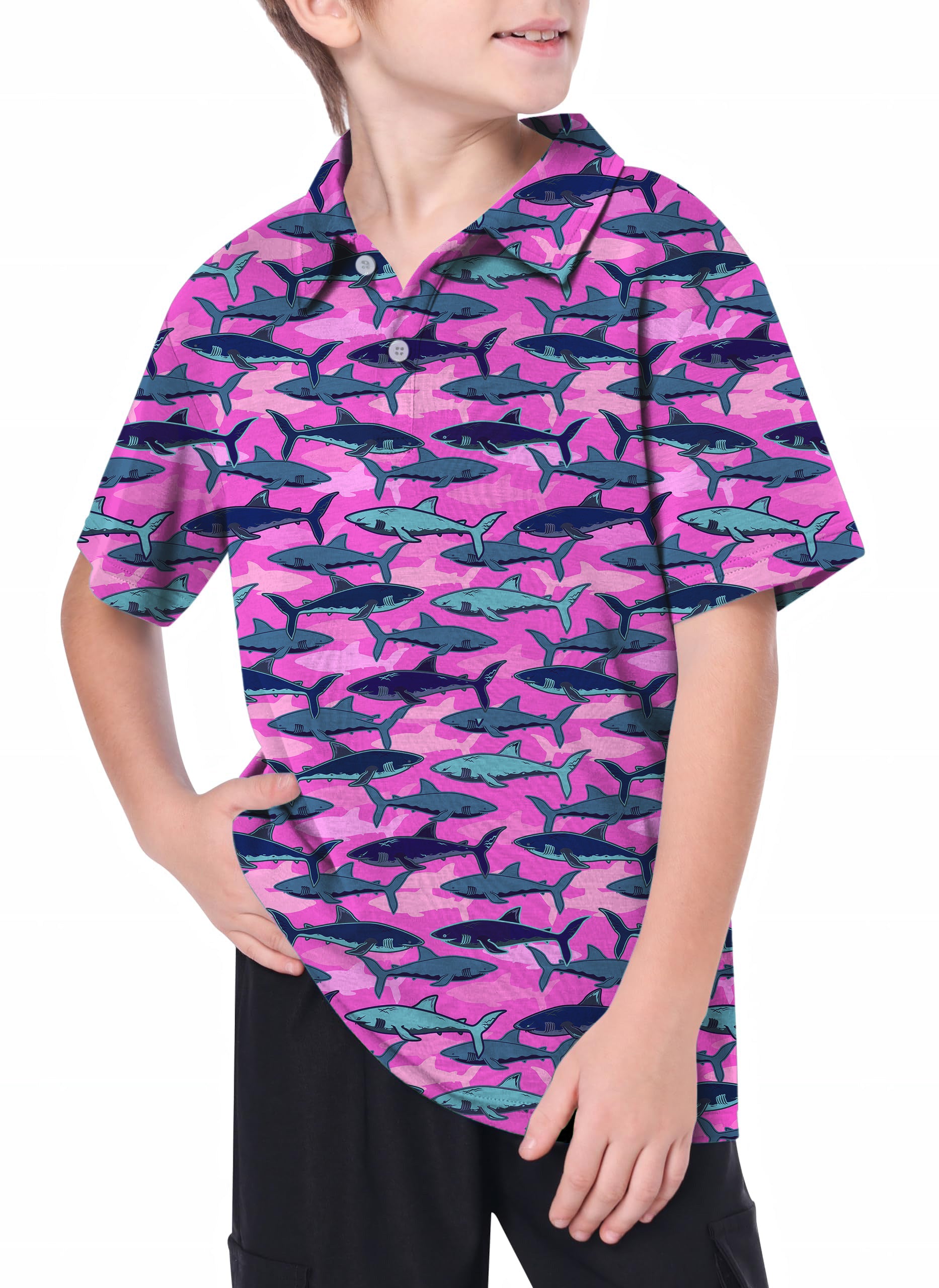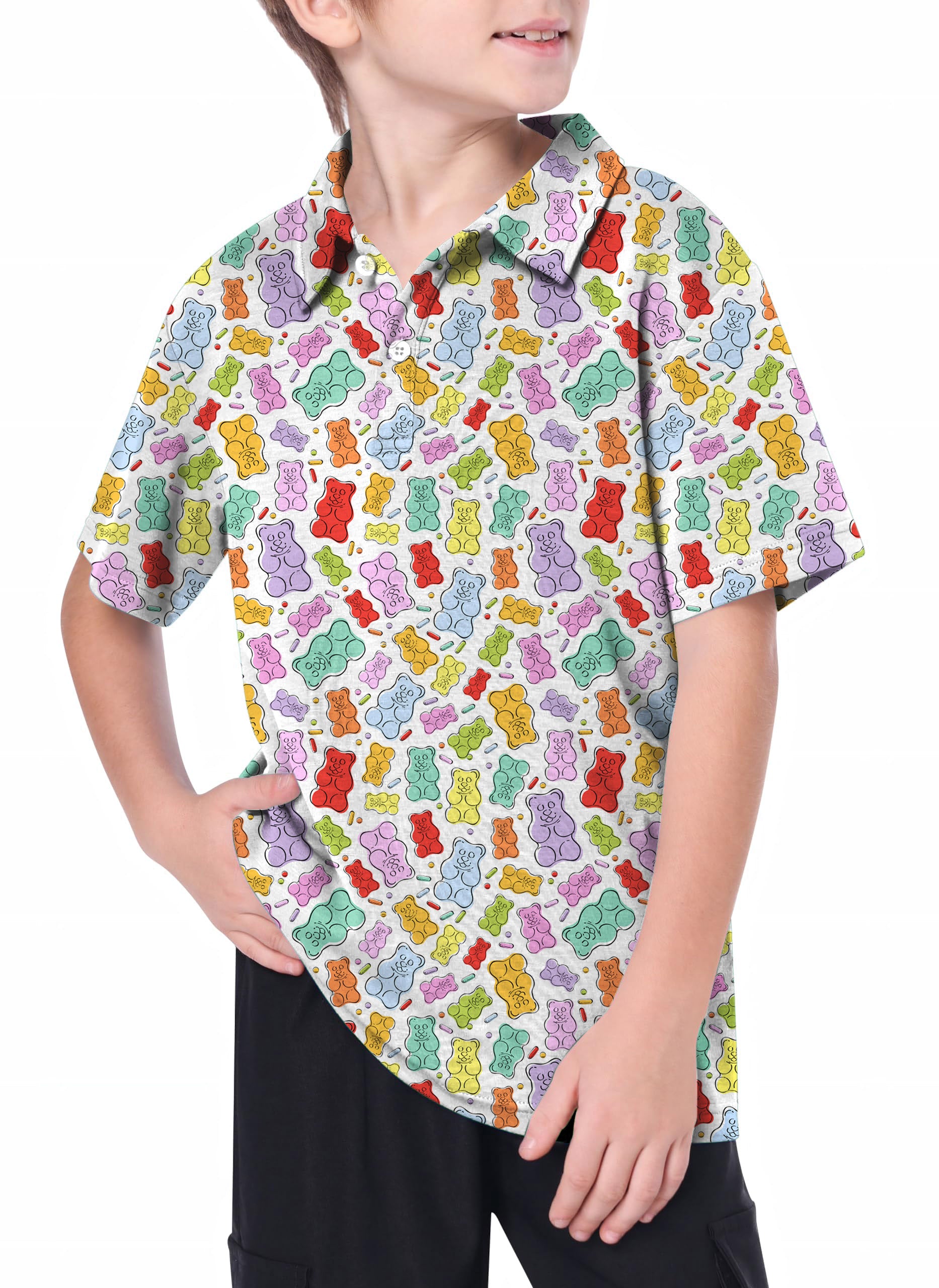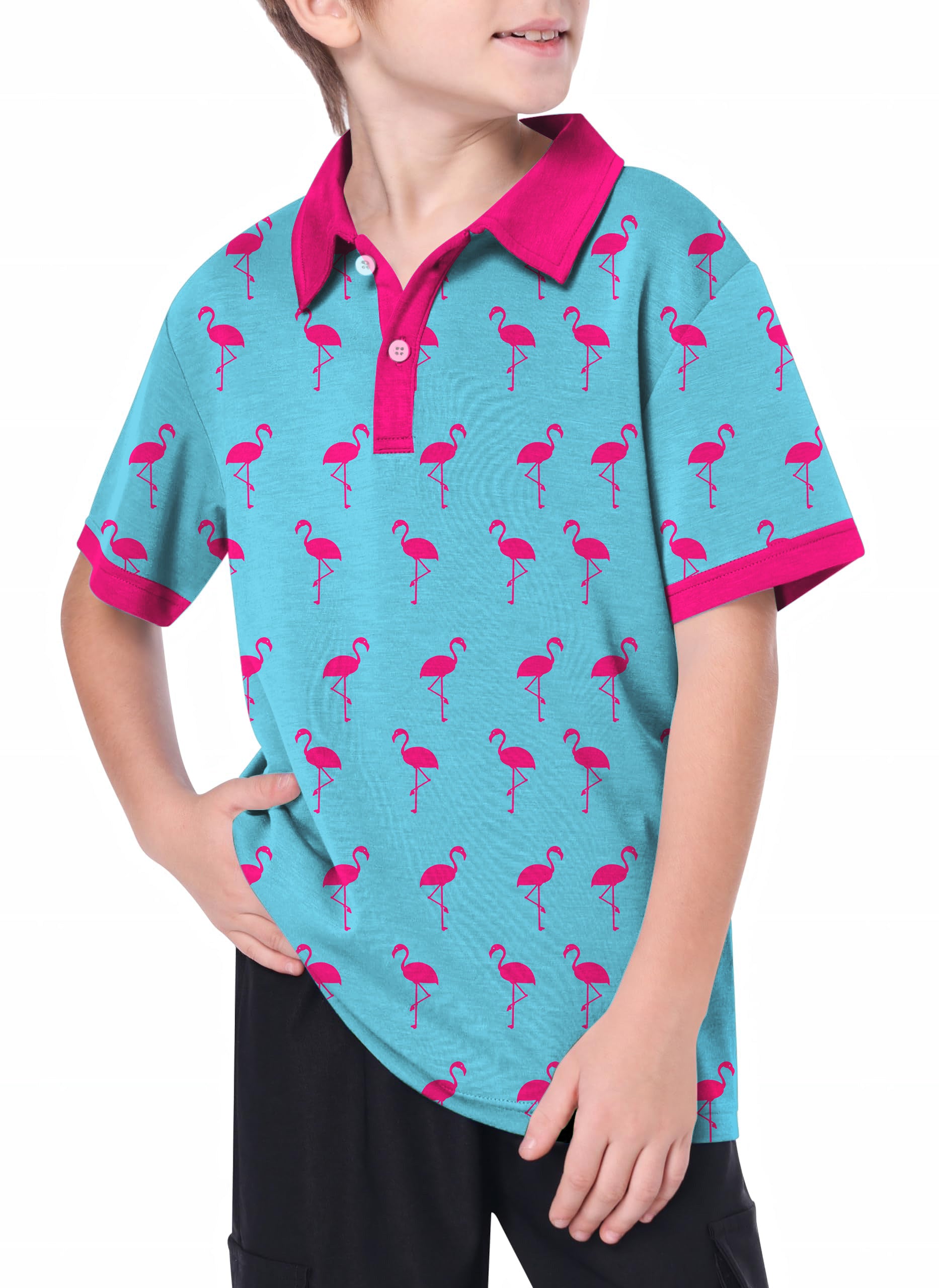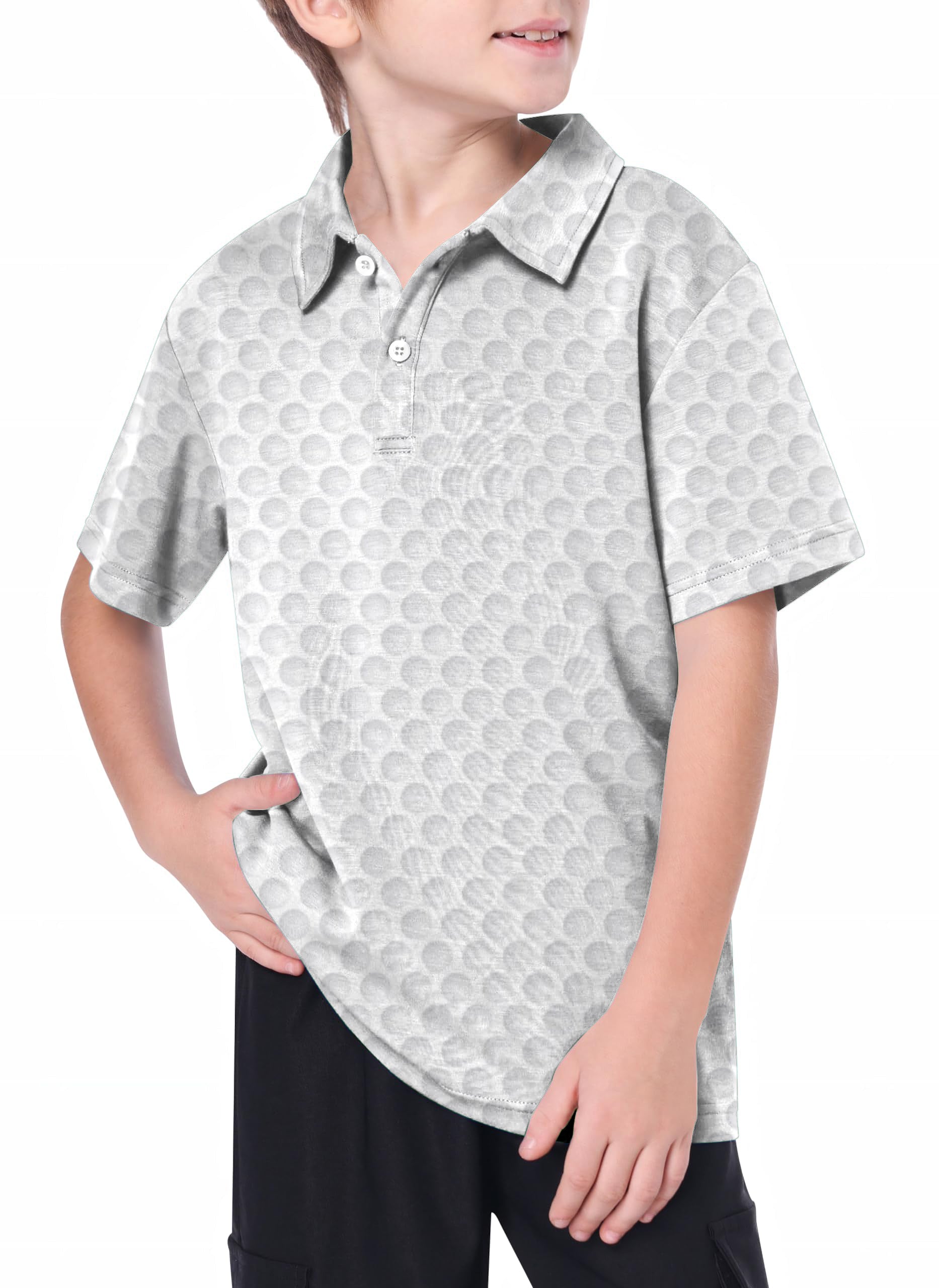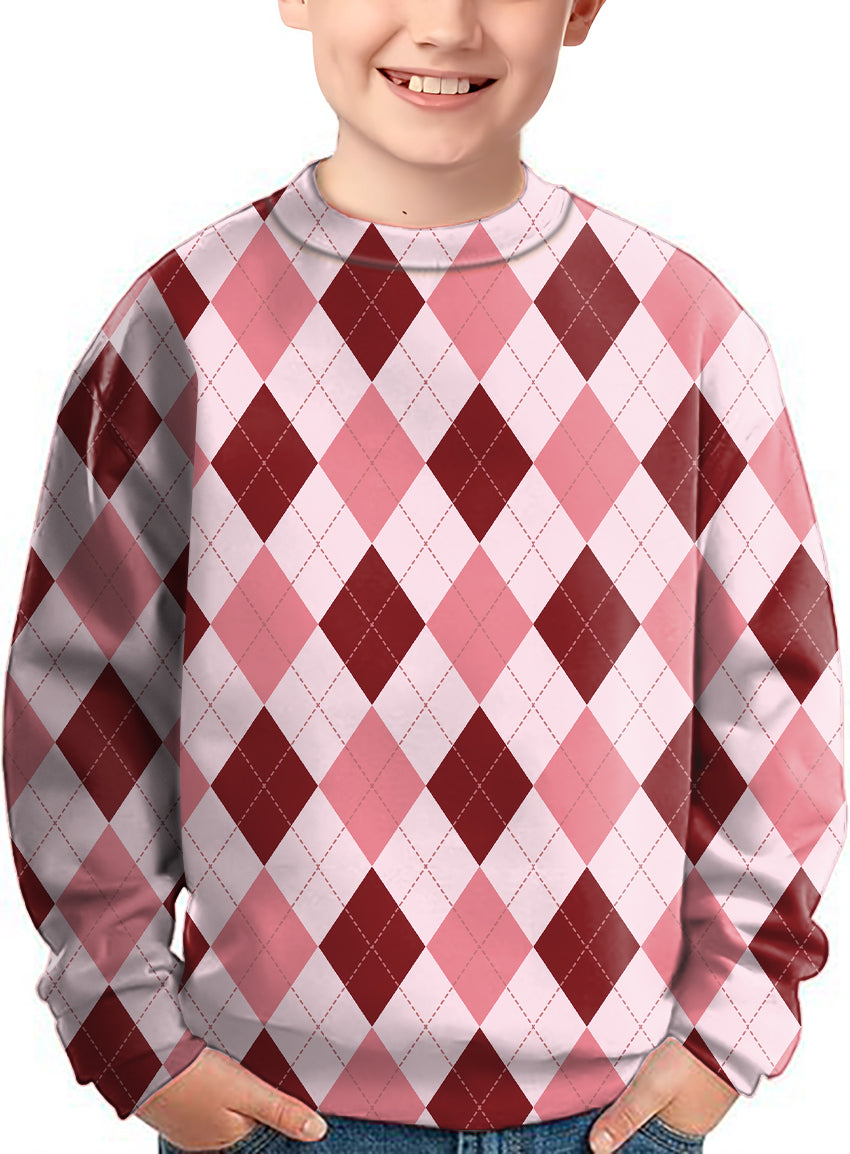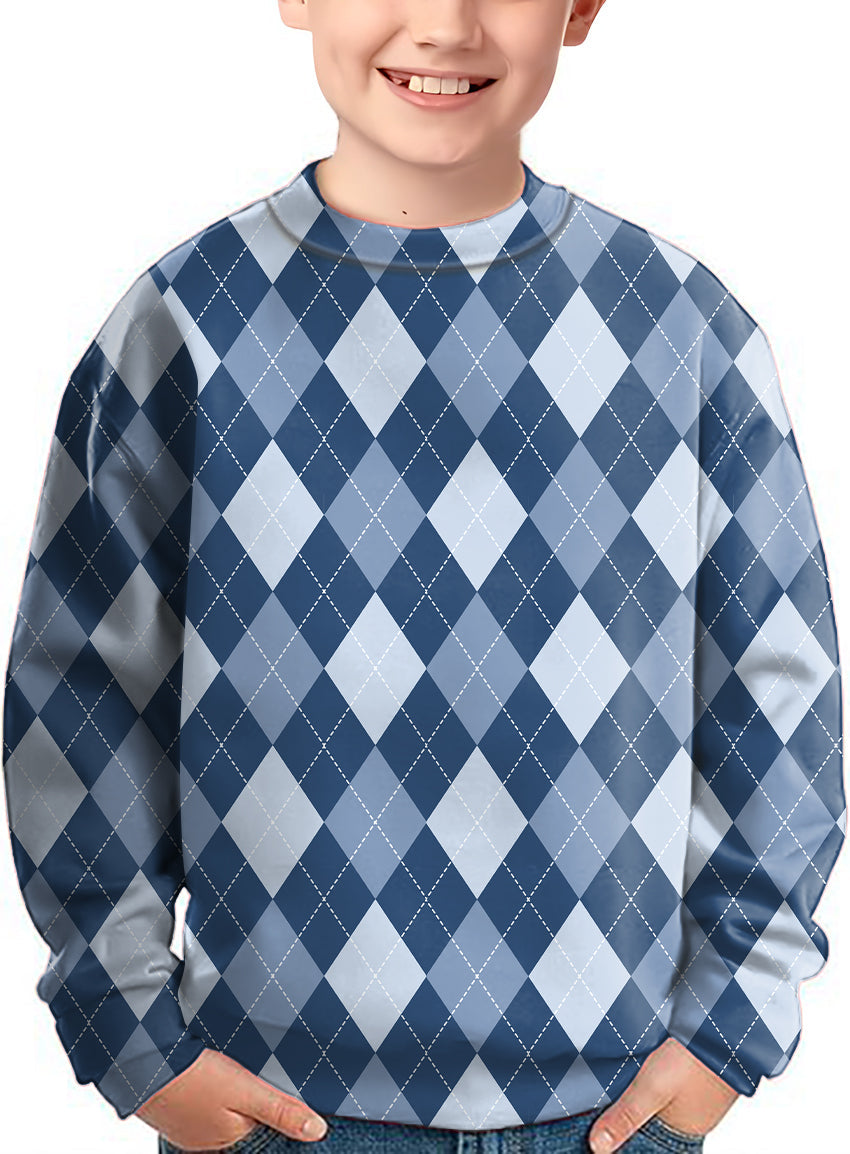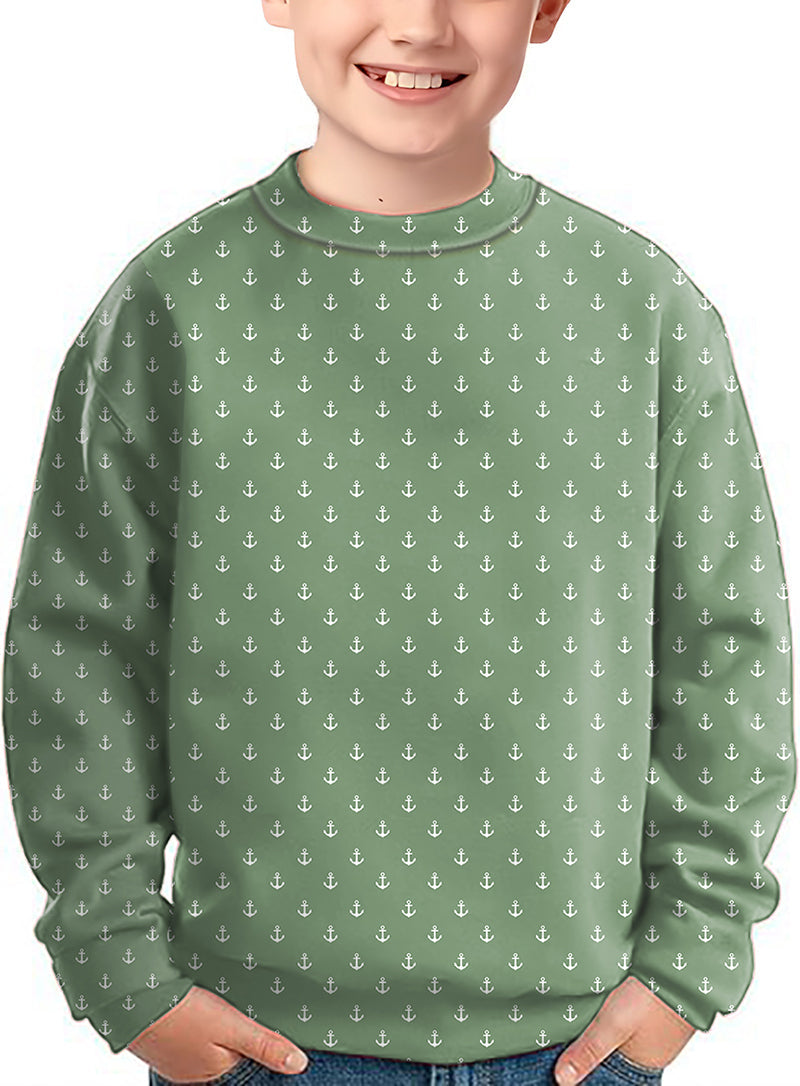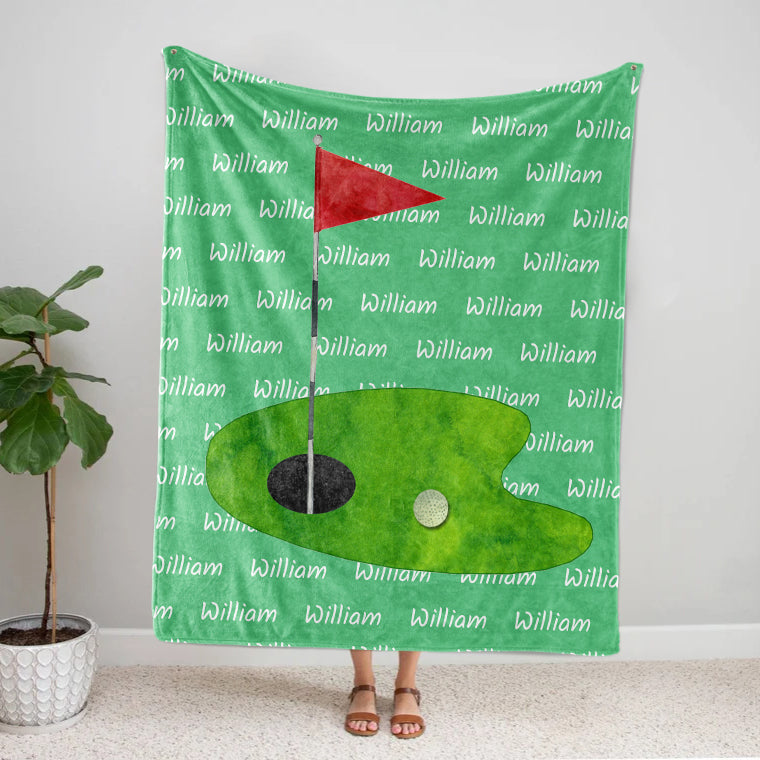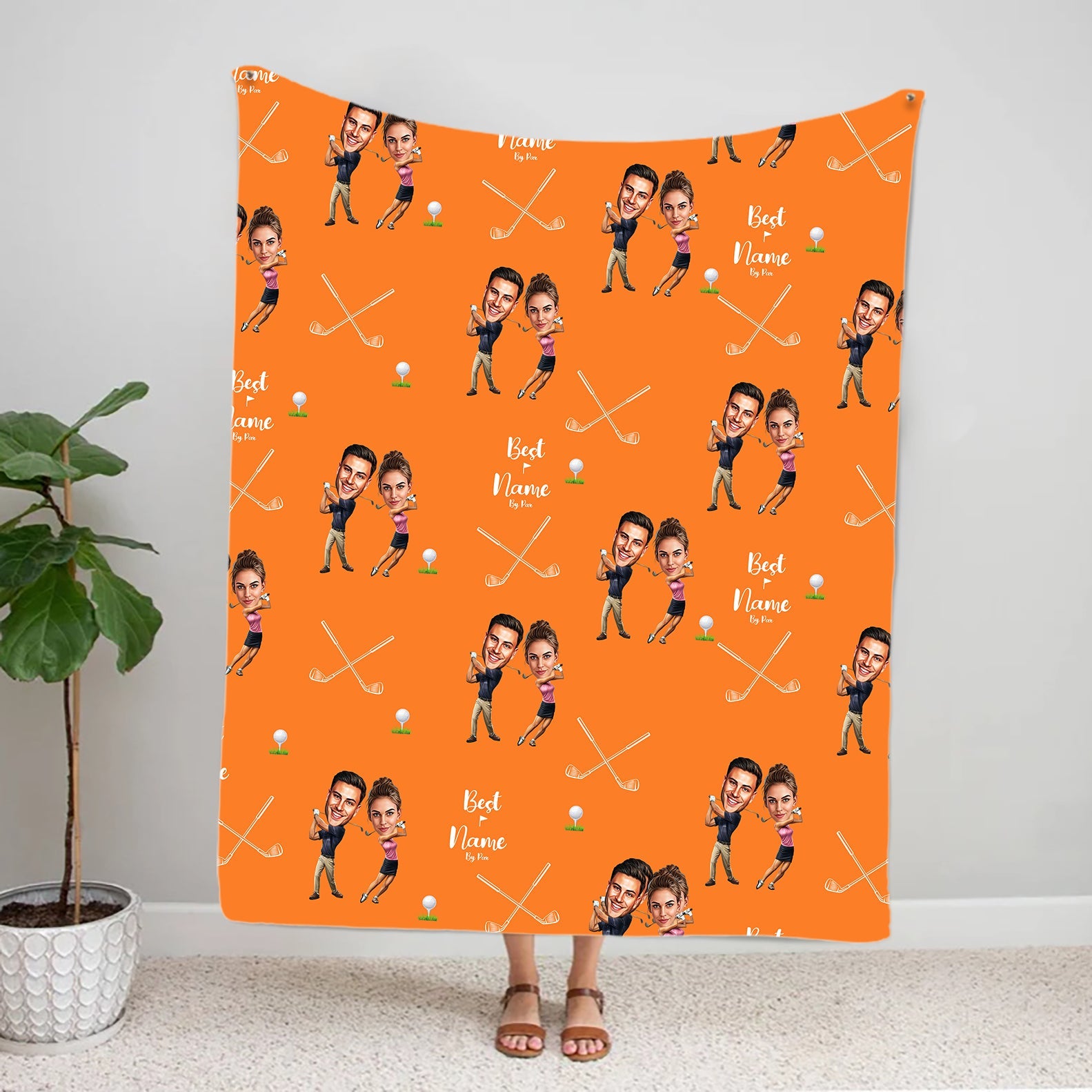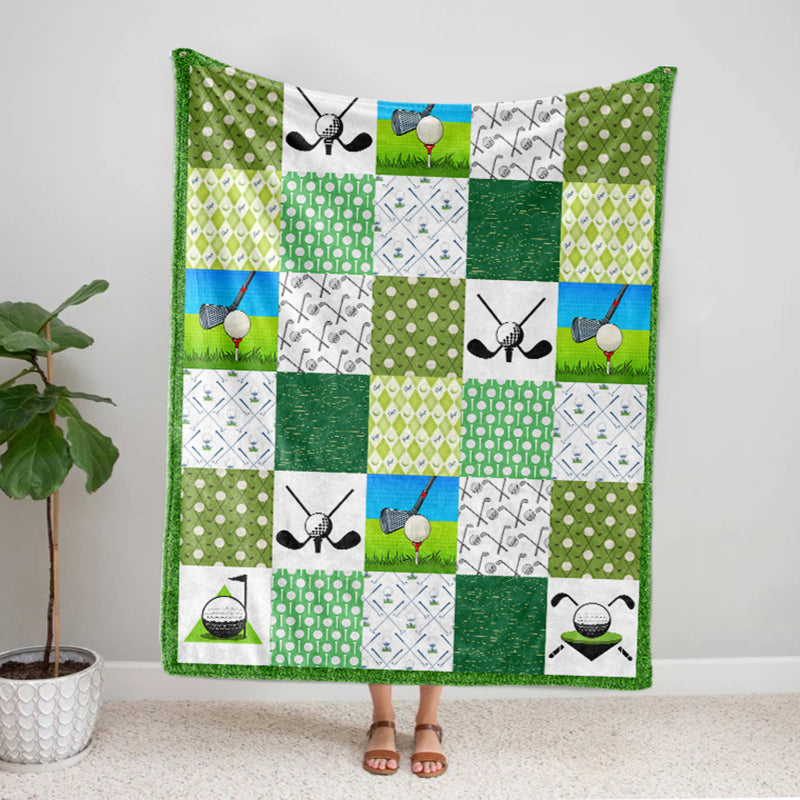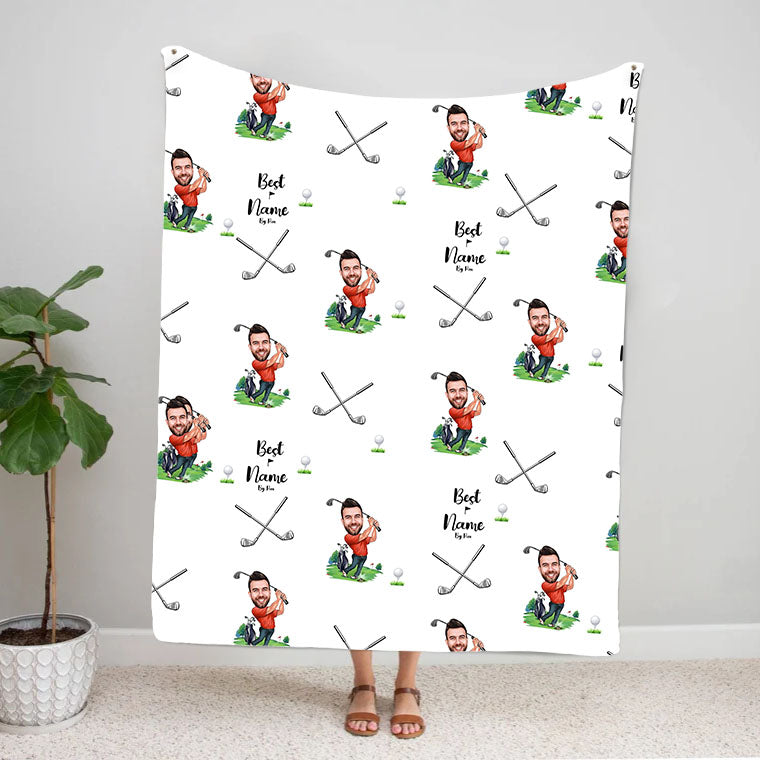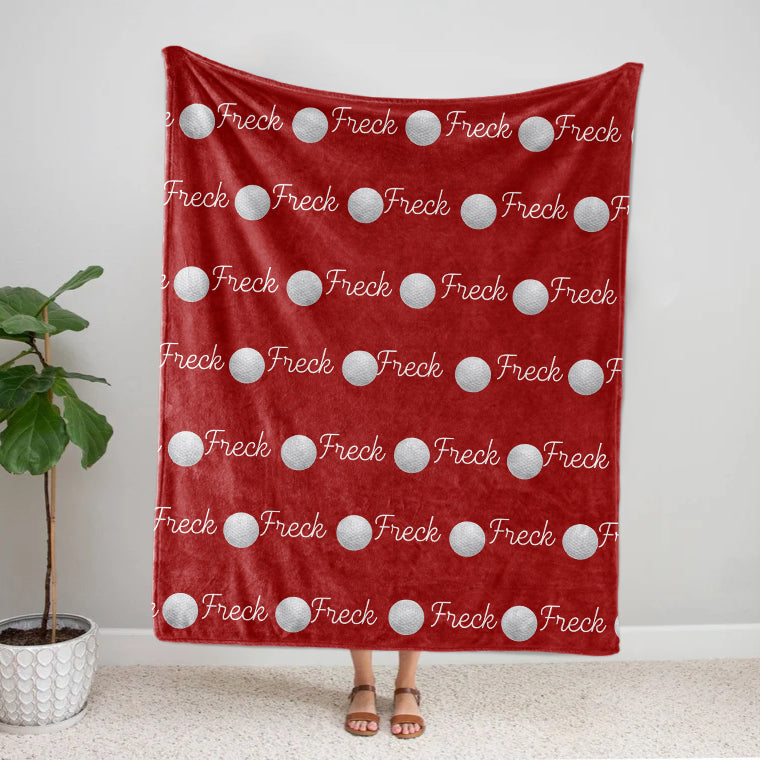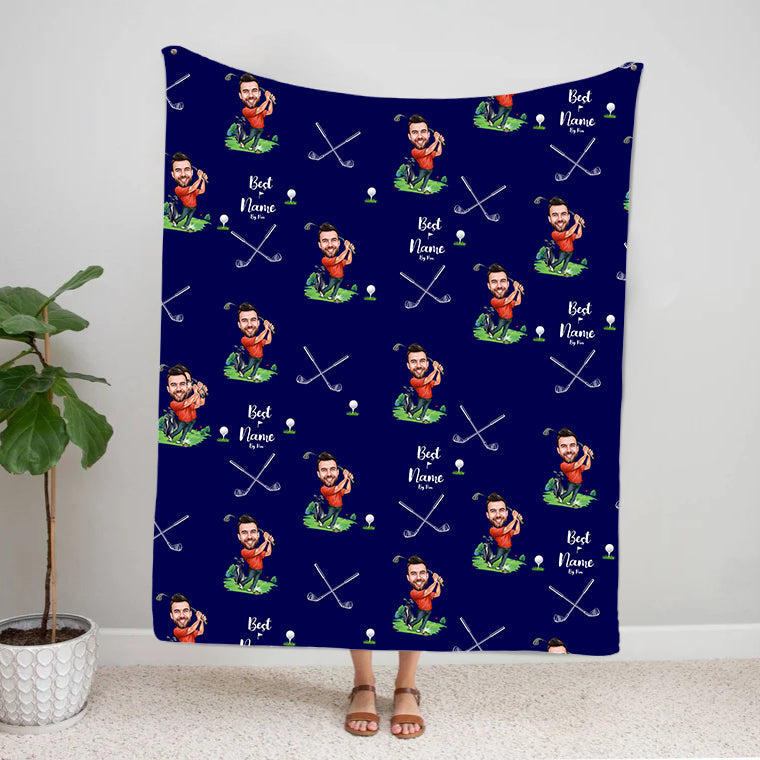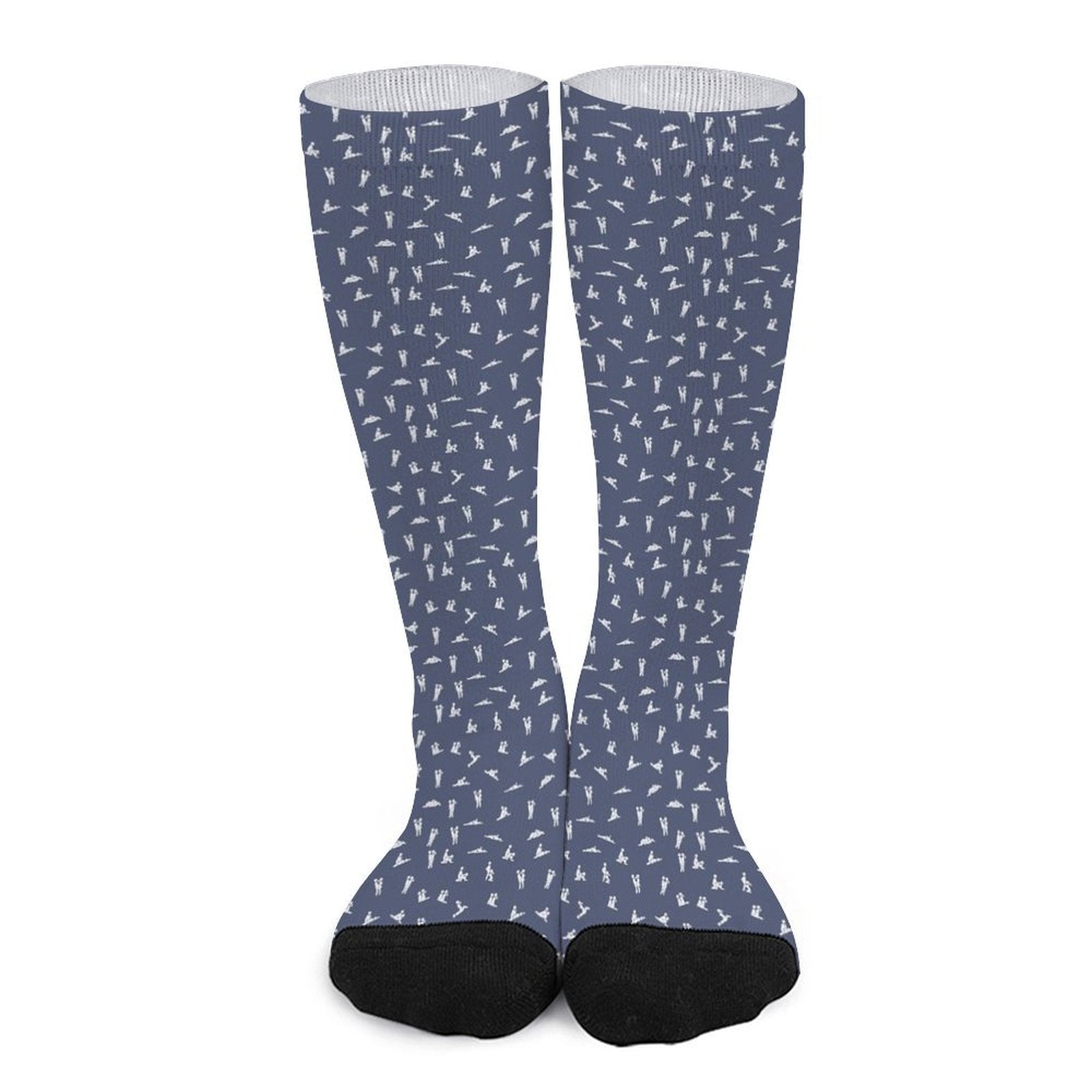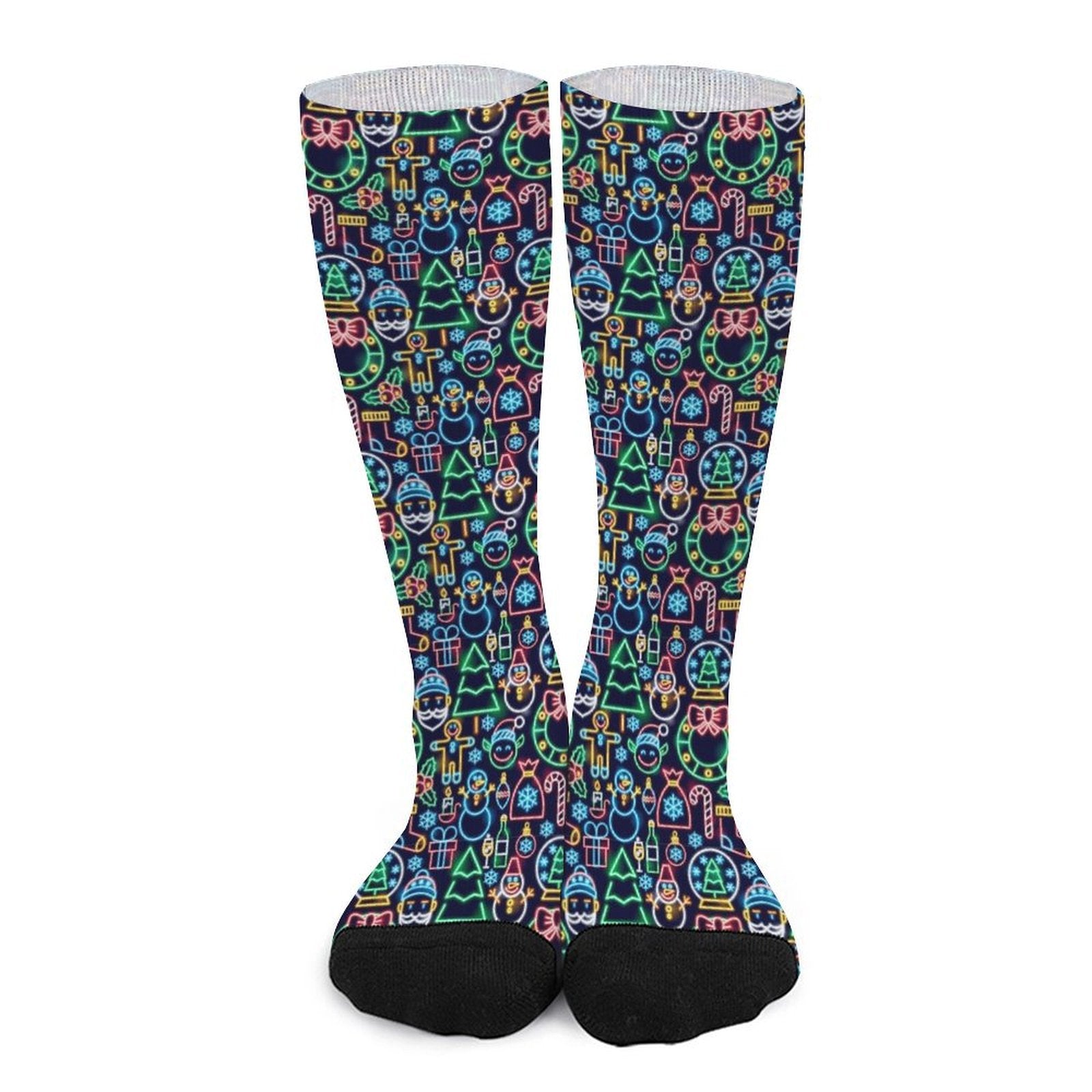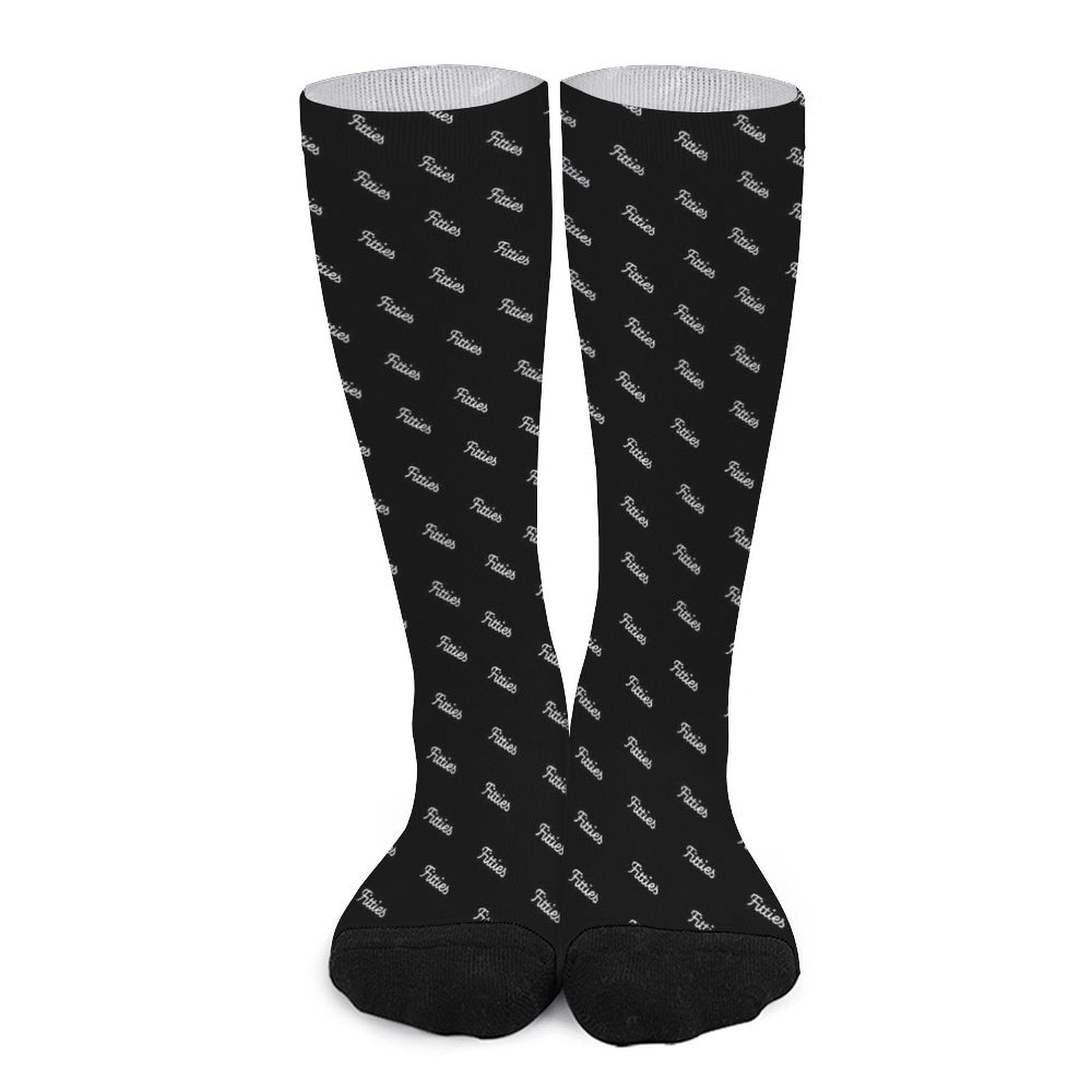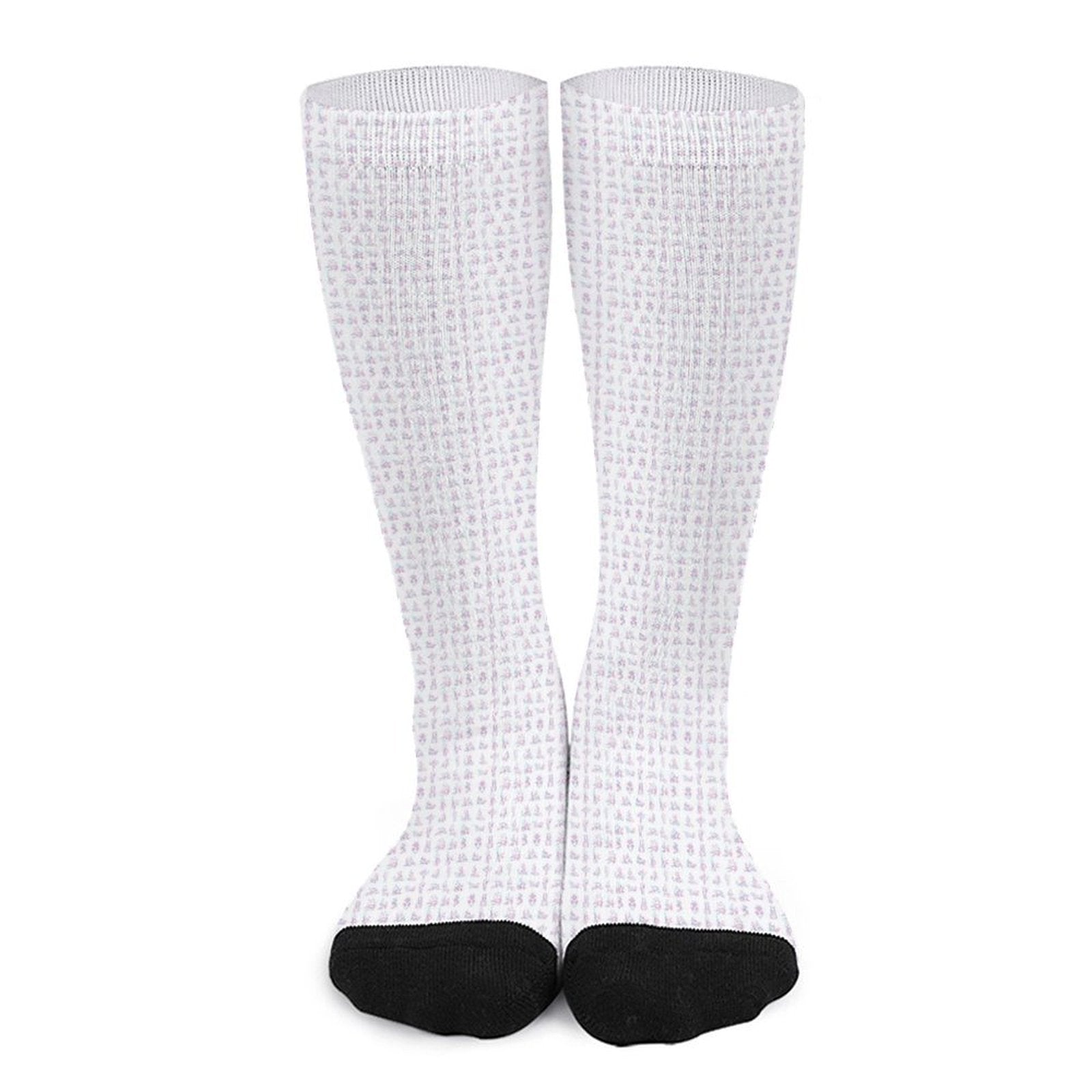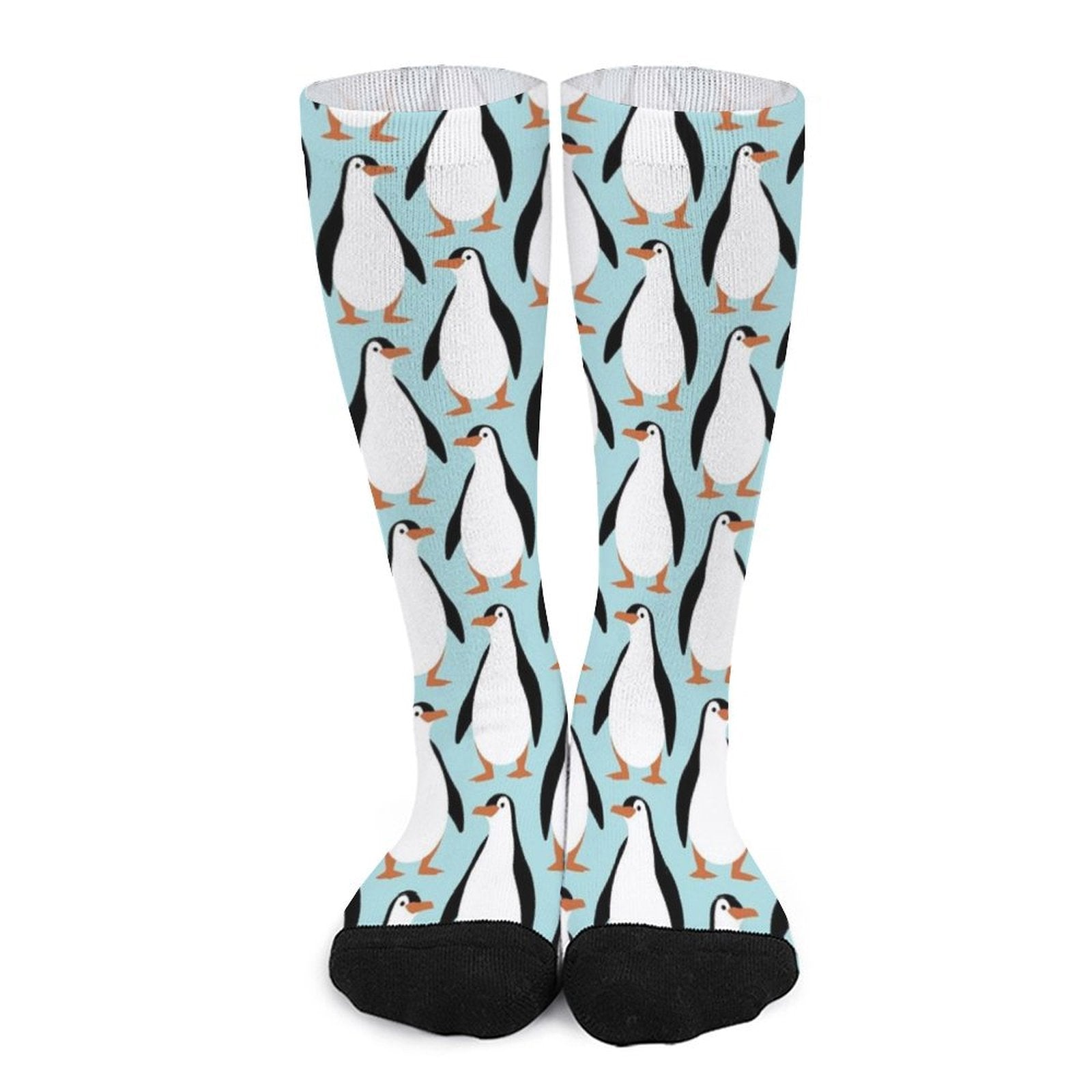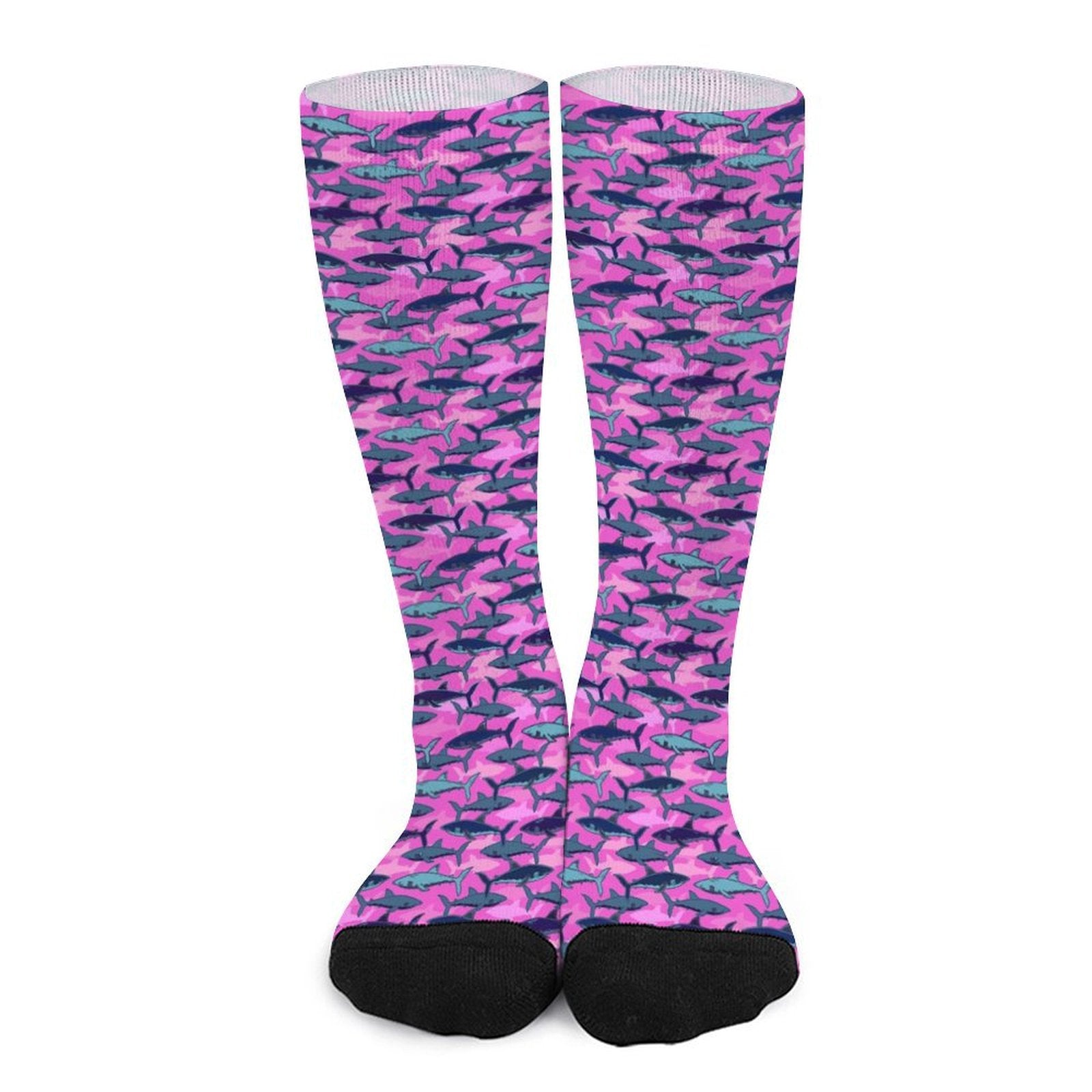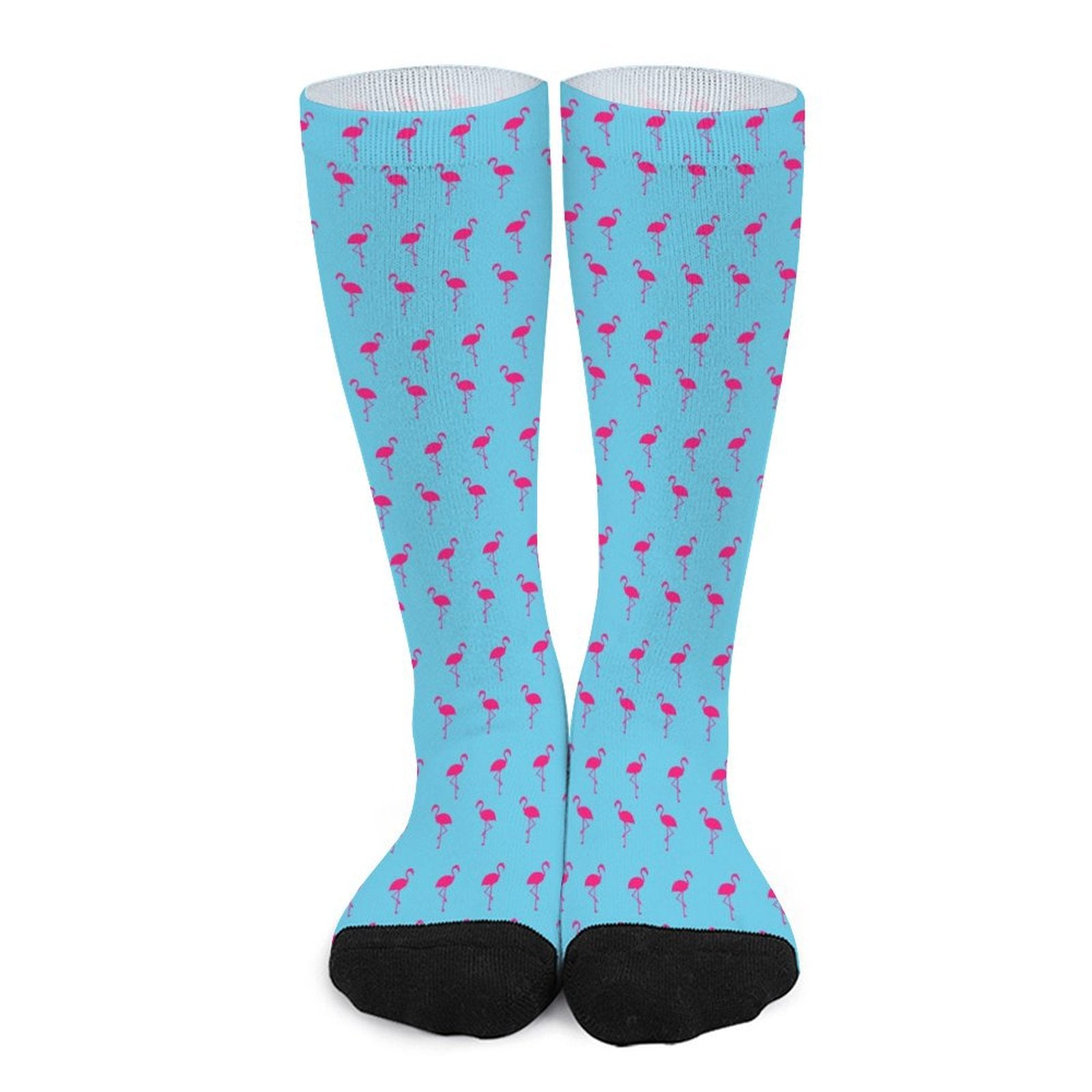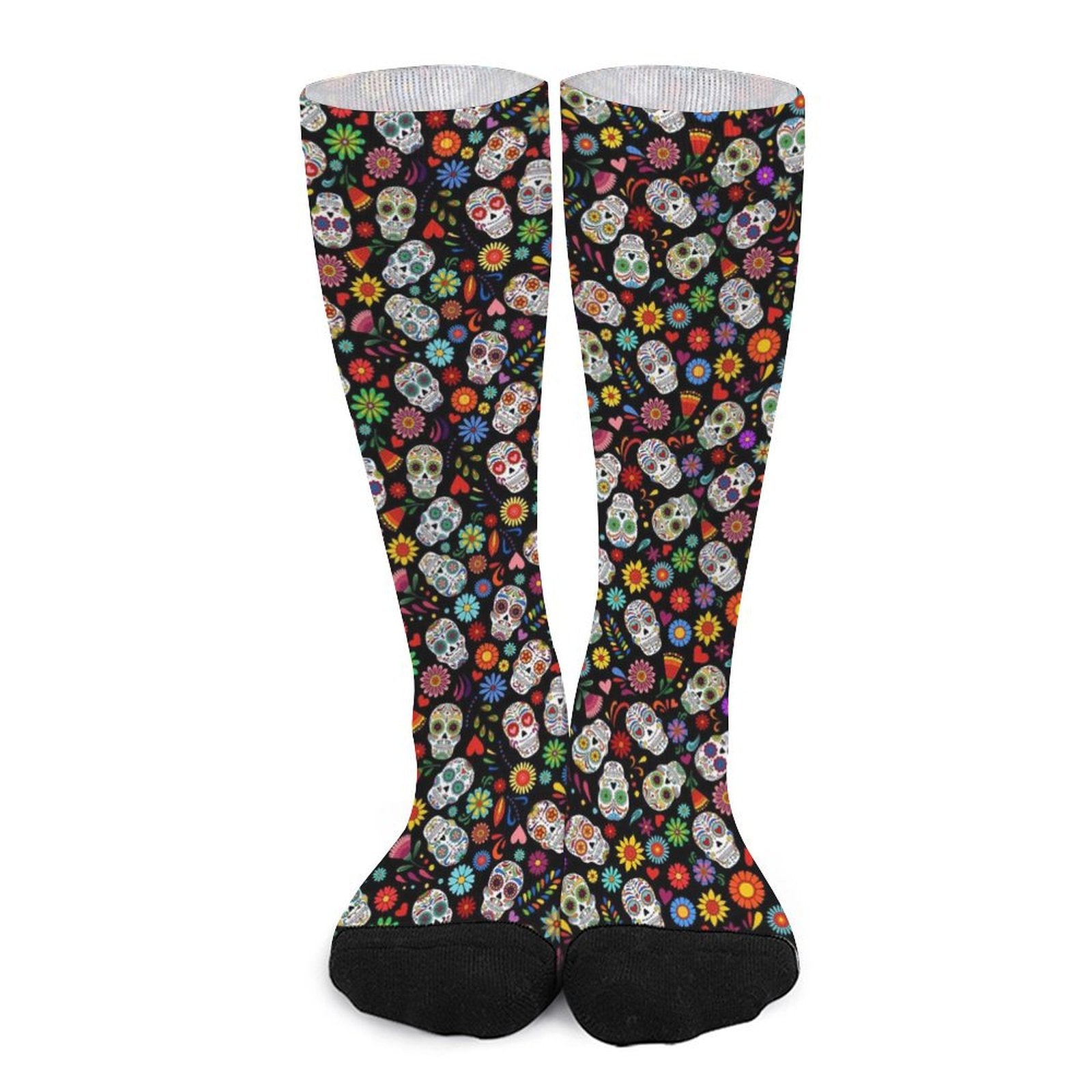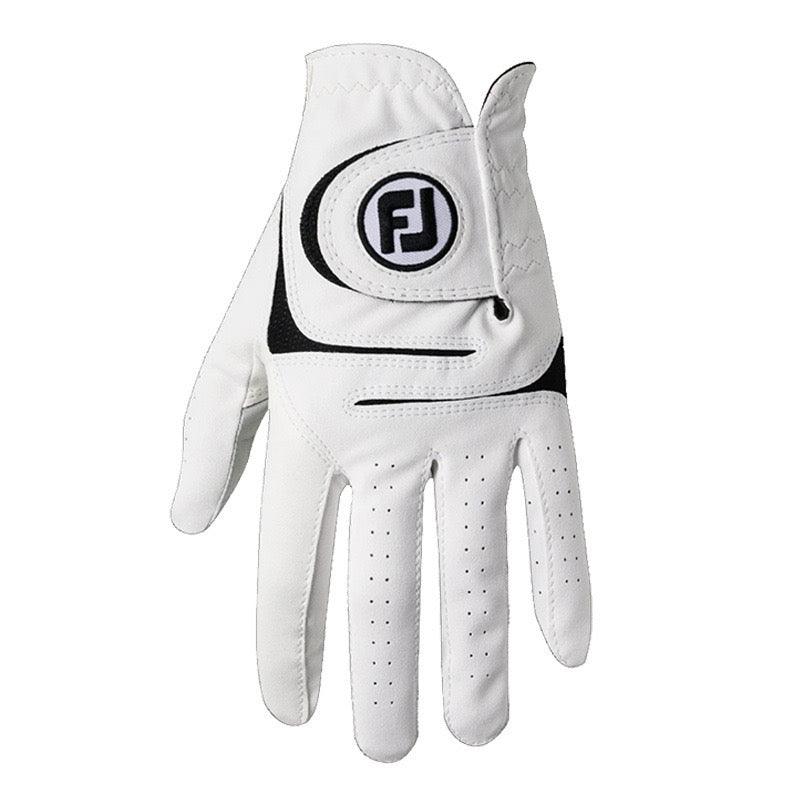
Mastering Golf Layering: Excel in Any Weather
Frequently Asked Questions
1. What is the purpose of layering in golf?
2. What are the three main layers to consider for golfing attire?
3. What materials should be used for a base layer?
4. How should I dress for rainy conditions while golfing?
5. Why is flexibility important in golf layering?
Golf is an incredible sport that allows enthusiasts to enjoy nature, improve their skills, and compete. However, golfers often face a significant challenge: unpredictable weather. Whether you're teeing off on a sunny morning or navigating a sudden chill in the air, mastering the art of layering is essential for performance and comfort on the course. In this guide, we'll break down effective layering techniques that will keep you comfortable and focused during your game.
Understanding Golf Layering Basics
Layering is not just about staying warm; it's about maintaining an optimal body temperature while allowing for freedom of movement. As weather conditions change throughout the day, having the right layers can make a significant difference in your performance. Here are the three main layers to consider:
Base Layer
The base layer is your first line of defense against the elements. It sits closest to your skin and is designed to wick away moisture, keeping you dry and comfortable. When choosing a base layer for golf, consider the following:
- Material: Look for synthetic fabrics or merino wool that provide breathability and moisture-wicking properties.
- Fit: Choose a snug fit to avoid bulk, which can hinder your swing.
- Length: Long-sleeved options are excellent for chillier days.
Mid Layer
Your mid layer serves to insulate by trapping body heat while also allowing moisture to escape. It should provide warmth without added weight, enabling flexibility and movement. Here are some options to consider:
- Fleece: Lightweight and warm, fleece options provide flexibility suitable for a golf swing.
- Softshell Jackets: These can add wind resistance without compromising breathability.
- Pullovers: A quarter-zip pullover can be an excellent choice for adjusting ventilation during rounds.
Outer Layer
The outer layer is your shield against the wind and rain, protecting you from harsh weather elements. When selecting an outer layer, keep these points in mind:
- Waterproofing: Look for jackets made from waterproof materials or have water-resistant coatings.
- Windproofing: Options that prevent wind from penetrating are essential, especially on blustery days.
- Packability: An outer layer that can easily pack into your bag is essential if conditions change unexpectedly.
A Deeper Dive into Fabric Technologies
Understanding material technologies can significantly enhance your layering strategy. Below are some key fabric technologies to consider:
Moisture-Wicking Fabrics
Moisture-wicking fabrics pull sweat away from your skin, facilitating evaporative cooling. This is crucial on warmer days. Look for base layers featuring polyester, nylon, or blends that offer these properties.
Insulated Fabrics
Insulated fabrics are often found in mid-layers and can trap heat while remaining breathable. Materials like ThermoLite and Primaloft are excellent choices for mid-layers, providing warmth without the bulk.
Water-Resistant and Waterproof Fabrics
GORE-TEX, eVent, and other treated fabrics provide excellent waterproofing, allowing you to stay dry without sacrificing flexibility. When rain clouds roll in, your outer layer should keep you protected and comfortable.
Layering Strategies for Different Weather Conditions
Adapting your layering strategy based on forecasted conditions can improve both your focus and performance on the course. Let’s explore how to dress for various weather scenarios:
Chilly Mornings
When the temperature dips in the morning, start with a thermal base layer to maintain warmth. A soft fleece mid-layer will keep your core warm. Complete this look with a windproof outer layer to block any morning chill.
Warm Days with Sudden Cold Fronts
If you’re playing on a warm day that might turn chilly, dress in a lightweight base layer, followed by a short-sleeve polo for comfort. Then, carry a packable windbreaker that can be easily added if temperatures drop.
Rainy Conditions
For unexpected rain showers, start with a moisture-wicking base layer that will keep you dry from sweat. A water-resistant mid-layer is essential, as it helps maintain warmth while repelling light rain. An outer waterproof jacket will serve as your ultimate shield against the downpour.
The Essential Accessories for a Layered Golf Look
Layering doesn’t end with clothing—accessories play a crucial role in overall comfort and performance:
- Hats: A moisture-wicking hat can provide sun protection and keep sweat out of your eyes.
- Gloves: Weather-specific gloves can improve grip in various conditions, whether it’s warm or rainy.
- Neck Gaiters: These can add insulation around the neck area, which is vital for chilly days.
Experimenting with Style and Functionality
Layering is not merely about practicality; it also offers an opportunity for personal style. Here are a few ways to make your layered outfit stand out:
Choose Complementary Colors
While function is essential, color coordination can elevate your look. Choose complementary colors for each layer to create a cohesive appearance. Neutral tones paired with bold colors can offer a stylish edge.
Incorporate Stylish Patterns
Patterns such as stripes, plaids, or subtle prints can add personality to your golf attire. Just be mindful of matching patterns in a way that isn’t overwhelming, emphasizing function while expressing your style.
Fitting in with Golf Etiquette
Golf is a sport steeped in tradition and etiquette. While layering for comfort is crucial, adhering to golf dress codes is equally important. Many courses require collared shirts and appropriate footwear. Ensure that your layers comply with the preferred dress code while still allowing for versatility and comfort.
Your Ultimate Golf Layering Checklist
To simplify your layering experience, consider this handy checklist for your next golf outing:
- Moisture-wicking base layer
- Light insulation mid-layer
- Water-resistant or waterproof outer layer
- Comfortable golf shoes suitable for the weather
- Accessories (hats, gloves, neck gaiters)
- Sunscreen for added protection
The Importance of Flexibility in Layering
Flexibility is key when it comes to golf layering. Weather can change rapidly, so being able to add or remove layers easily will keep you comfortable throughout your game. Invest in high-quality layers that are easy to pack and store when not in use.
Tuning Into the Weather
Prior to your tee time, always check the weather forecast. Apps and websites specifically designed for golfers can provide detailed reports, including wind speeds, chances of precipitation, and temperature fluctuations. Being informed allows you to plan appropriately and adjust your layering accordingly.
Golf Layering for Everyone
While serious golfers might invest greatly in specialized apparel, layering techniques are accessible to everyone. Whether you’re a casual player or a seasoned pro, understanding how to layer effectively can enhance your overall golf experience.
Boosting Your Confidence on the Course
Feeling comfortable with your outfit can significantly boost your confidence, allowing you to focus on your game. Layering effectively not only keeps distractions at bay but can also enhance your performance by ensuring you’re adequately prepared for whatever nature throws your way.
By mastering the art of golf layering, you'll enjoy an enhanced, comfortable golfing experience no matter the weather conditions. So grab your gear, embrace the elements, and hit the course with confidence—your best game is just a layer away!


